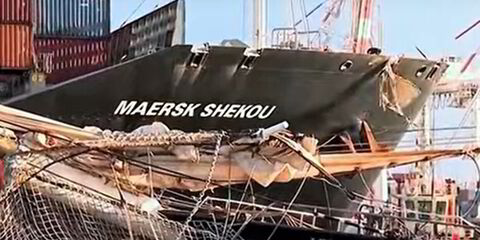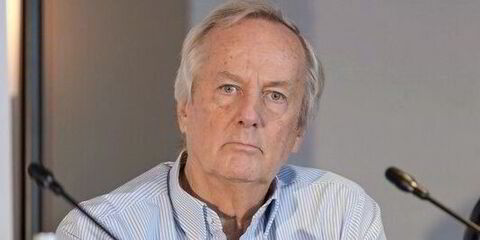In this week’s ShipTech newsletter, we have insight from Ian Lewis into the development of digital technologies that are supporting ship management firms. It forms part of our Ship Management special report. Unsurprisingly, artificial intelligence is high on the list.
I delve into a comprehensive report that came out this week on the costs and challenges of using onboard carbon capture systems on ships to enable them to still use fuel oils and marine diesel, and the need to store and offload the CO2.
Also, I have been discussing with naval architects about how ship designs need to take into account more extreme weather conditions. It is less to do with rogue waves and more to do with significant wave height changing and how that affects risk.
Finally, is the idea of building LNG-carrying submarines Russia’s latest idea to avoid sanctions, or a legitimate possibility? Read Lucy Hine’s story to find out.
Craig Eason, technology editor
______________
The big picture: Ship managers look outside maritime to diversify operations
by Ian Lewis
Ship managers increasingly have to be all things to all shipowners — and this is driving mergers and acquisitions outside the sector.
Asked about adding data and AI firms for fleet optimisation and decarbonisation, Mark O’Neil, chief executive of Columbia Group, told TradeWinds: “One key issue is the isolation of shipping from the broader logistics network.
“There are significant opportunities in integrating the supply chain using digital optimisation tools.
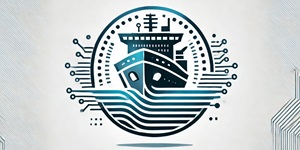
“At Columbia, we focus on being a total services provider across the entire supply chain, not just in shipping but also in areas like energy, renewables and even private jet management.”
O’Neil said companies such as Smartsea are revolutionising the industry by developing a new maritime IT ecosystem, in which vessels can seamlessly communicate with ports, haulage and aviation.
This will bring huge efficiency gains, he believes.
Mathavan Subbiah, chief executive of marine services & corporate functions at Synergy Marine Group, said this trend of tie-ups with tech firms is gaining “strong momentum”, especially as decarbonisation and digitalisation become industry priorities.
“Leveraging AI, data analytics and emerging technologies will help managers reduce emissions and enhance operational efficiencies, offering future growth opportunities,” he said.
Read the full article and the Ship Management special report here
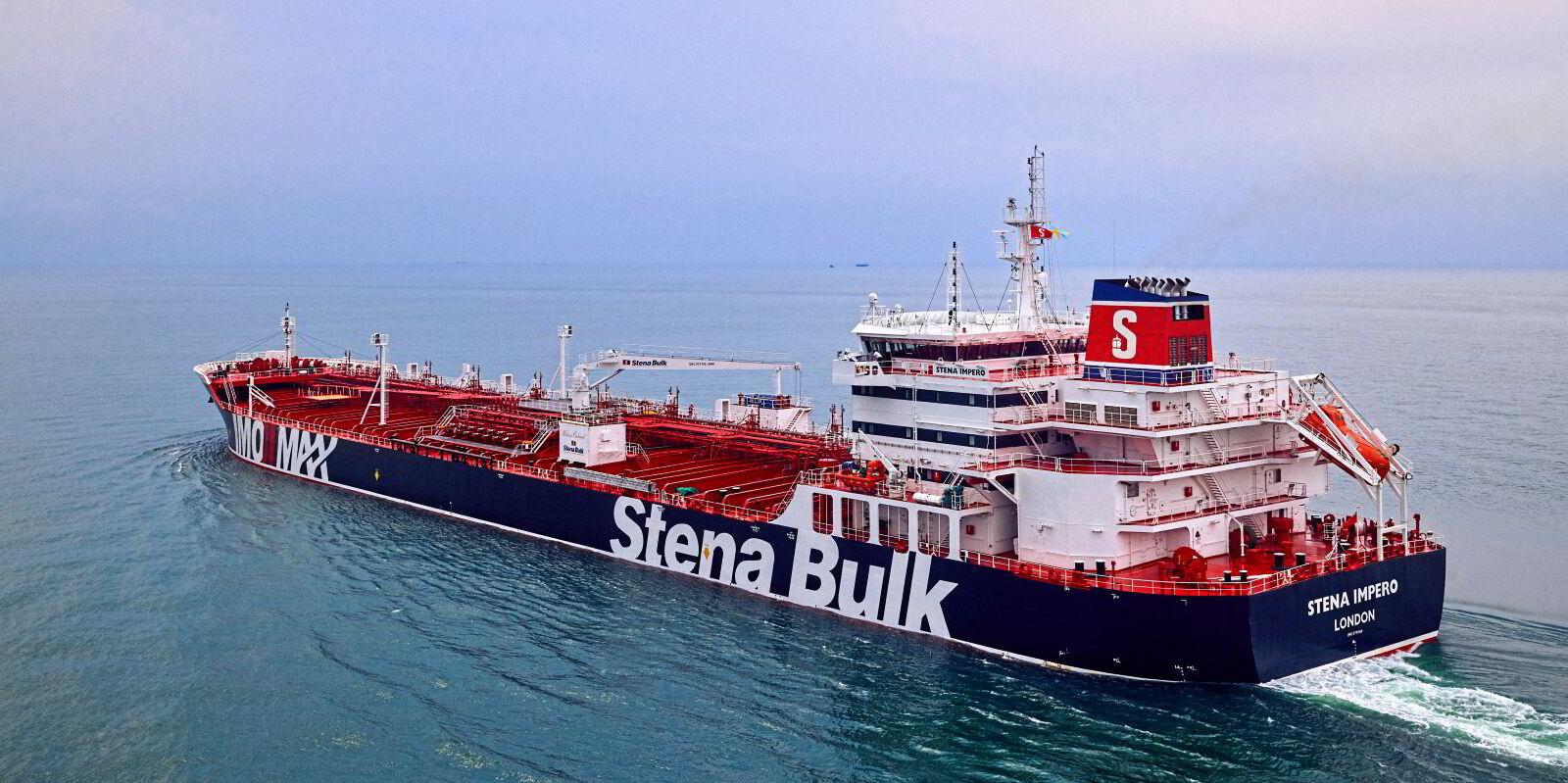
Erik Hanell: ‘Onboard carbon capture an increasingly viable solution for shipping’
A final report on the potential of using onboard carbon capture storage on a tanker has demonstrated the amount of work needed to make it a feasible decarbonisation solution.
The Remarccable project was a collaboration between Sweden’s Stena Bulk, Singapore’s Global Centre for Maritime Decarbonisation and the Oil & Gas Climate Initiative, an oil major-led body whose members include Saudi Aramco, BP, Shell and Equinor.
Stena Bulk chief executive Erik Hanell said: “The results will be instrumental for not only us, but for the whole sector, to evaluate the operational and commercial opportunities, as well as the challenges when capturing CO2 at sea.”
The project, which did not go as far as installing a system on the Stena Bulk vessel, determined some key factors that the project partners say need to be addressed to make the technology viable.
___________________
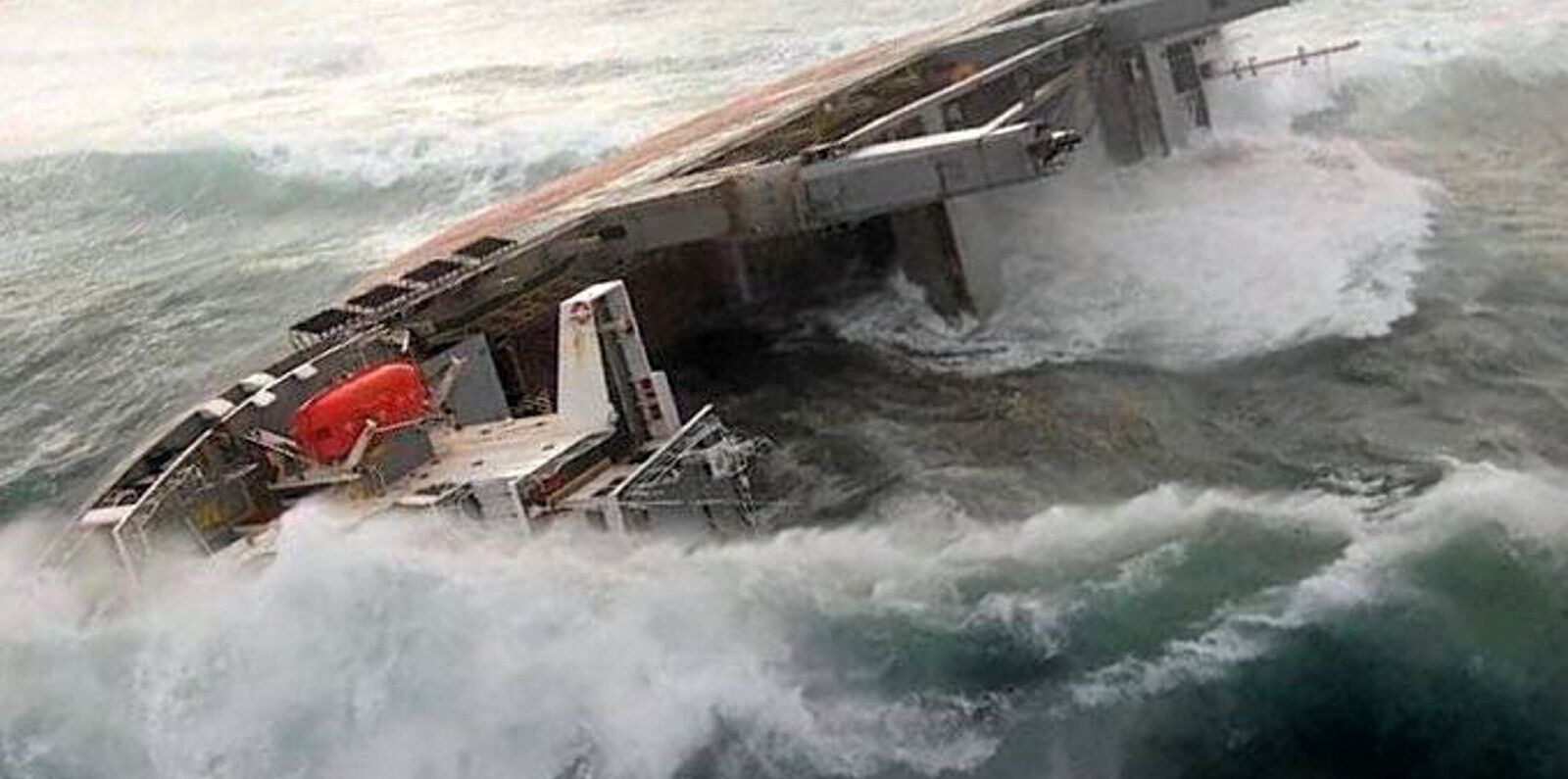
How should ship design adapt to cope with severe weather?
Should ships be built to better withstand the worsening weather the oceans can produce, or the conditions that they are most likely to encounter?
Larger, more frequent storms, linked by meteorologists to climate change, have unsurprisingly focused rule-makers’ attention on the ability of ships to deal with these tougher conditions.
The question they are trying to answer is whether ship design should be more robust to handle anything the ocean can throw at a ship.
Or should the design reflect the ability of the ship to use voyage planning and potentially never come near the most rogue of waves or the most perfect storm?
Class societies have long demanded that ships are built according to structural rules, now combined into the common structural rules that all the leading class societies follow.
These rules determine the amount of steel used in a ship, how able it is to withstand bending moments and twisting, and the robustness against steel fatigue.
Read more about design discussions here
________________________________
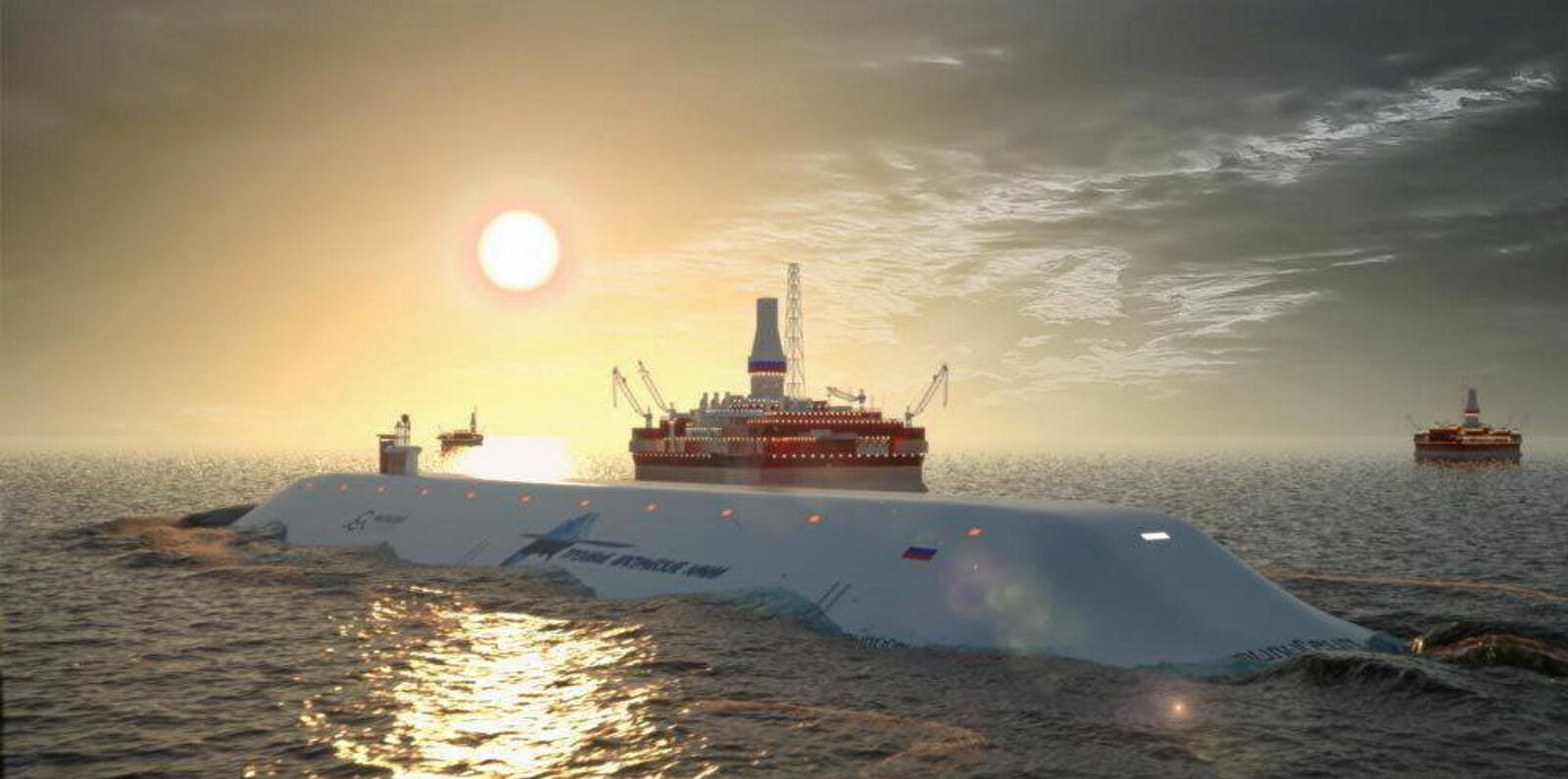
Russia revives plan for gas-carrying nuclear submarine for Arctic waters
By Lucy Hine
A design for an underwater gas carrier for use in the Arctic is being promoted again by Russian researchers as the country wrestles with how to export its energy resources.
Kurchatov Institute president Mikhail Kovalchuk, a close associate of President Vladimir Putin, presented the project in a speech about the Arctic and Russian energy at the OMR forum on shipbuilding and equipment last week.
The submarine is being designed by the Kurchatov Institute National Research Center and Gazprom.
Russian news outlets reported that the vessel would have a speed of about 17 knots, which would reduce the voyage time along the Northern Sea Route from 20 to 12 days.
The 360-metre-long vessel, with a beam of no more than 70 metres, would have a cargo capacity of about 180,000 tonnes and a draught of no more than 14 metres, to suit existing infrastructure.
It would be fitted with three RITM-200 nuclear reactors, which would power three propulsion electric motors with a capacity of 30 megawatts each.
Read the full story here(Copyright)


